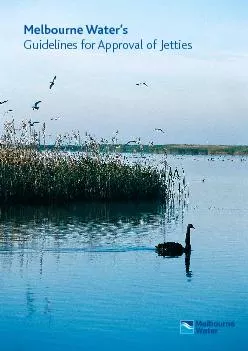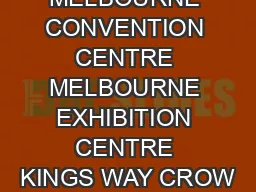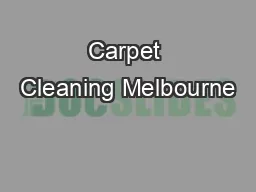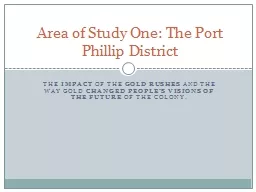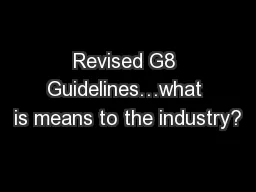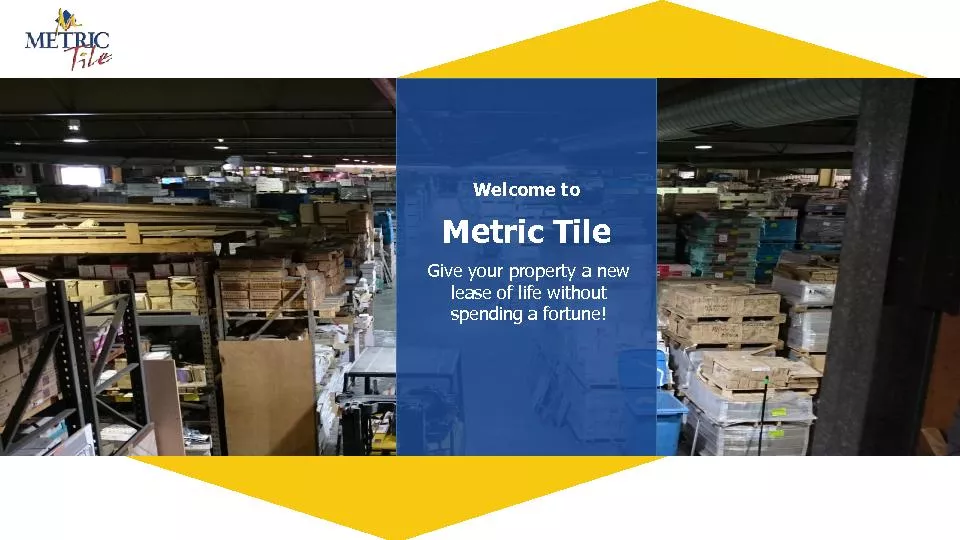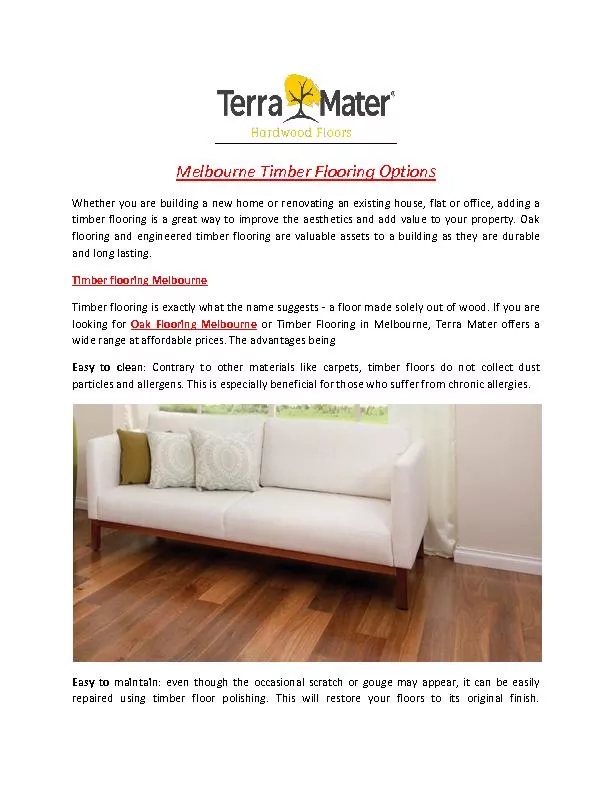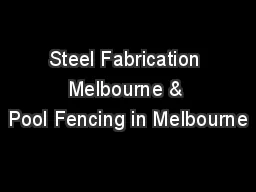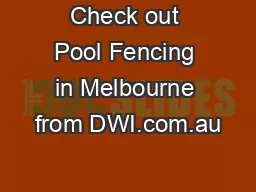PDF-Melbourne Water’s Guidelines for Approval of Jetties
Author : conchita-marotz | Published Date : 2015-08-20
2 MELBOURNE WATERMELBOURNE WATER146S GUIDELINES FOR APPROVAL OF JETTIES IntroductionRole of Melbourne WaterMelbourne Water146s key assessment criteria of new privateand
Presentation Embed Code
Download Presentation
Download Presentation The PPT/PDF document "Melbourne Water’s Guidelines for Ap..." is the property of its rightful owner. Permission is granted to download and print the materials on this website for personal, non-commercial use only, and to display it on your personal computer provided you do not modify the materials and that you retain all copyright notices contained in the materials. By downloading content from our website, you accept the terms of this agreement.
Melbourne Water’s Guidelines for Approval of Jetties: Transcript
2 MELBOURNE WATERMELBOURNE WATER146S GUIDELINES FOR APPROVAL OF JETTIES IntroductionRole of Melbourne WaterMelbourne Water146s key assessment criteria of new privateand mooring proposalsGetting. MELBOURNE CONVENTION CENTRE MELBOURNE EXHIBITION CENTRE KINGS WAY CROWN ENTERTAINMENT COMPLEX POLLY WOODSIDE ETIHAD STADIUM to South Melbourne Beach CENTRAL PIER Routes 1 3 3a 5 6 8 16 64 67 brPage 1br MELBOURNE CONVENTION CENTRE MELBOURNE EXHIBITION CENTRE KINGS WAY CROWN ENTERTAINMENT COMPLEX POLLY WOODSIDE ETIHAD STADIUM to South Melbourne Beach CENTRAL PIER Routes 1 3 3a 5 6 .. Summary. Are you tired of cleaning your carpets at home especially since you are not getting very good results? Keeping your carpets clean is vital for the overall cleanliness of the house and the well-being of the people who live there. However, this is a very difficult task especially if you have many carpets to keep clean or if there are special circumstances that cause them to become dirty very easily. Imagine how difficult it is to manage carpet cleaning if you have small kids at home or if you live in a place where the outside environment is very muddy or dusty. The best solution is to find . impact . of the . gold rushes. and the way gold . changed people’s visions of the future. of the colony.. Area of Study One: The Port Phillip District. Early Years. 1851: The Port Phillip District separated from the colony of NSW to become the colony of Victoria, named after Queen Victoria. . Sahan Abeysekara. Senior Specialist, Lloyd's Register. Our role in BWMS Type approval. LR act as a Recognised Organisation (RO) on behalf . administrations primarily for assessing/surveying statutory requirements . We conduct IMO Type Approvals of BWMS as delegated by the administration.. We, Metric Tile Clearance Center, are one of the leading discount tile suppliers in Melbourne with capacity enough to fulfill even the bulk orders for cheap tiles in Melbourne. We stock European tiles and dole them out only after passing them through rigorous quality checks. Besides, what makes our deals more exciting is the slashed prices at which we offer all our tiles. Visit our website today! Visit: http://metrictilecc.com.au/ We supply and install indoor window furnishings and outdoor blinds Melbourne in a wide range of fabrics, textures and pattern designs enabling you to dress the windows of your home in style and elegance at an affordable price, bringing luxury, taste and comforting style to your room’s décor. We at Styleline House offer friendly customer service to our customer to assist them in their selection of blinds Melbourne. Feel the classic looks and immovability with prolonged existence of blinds with us. We make our blinds in our own factory which allows us to provide quality customer service to all our customers in detail. Engineered timber flooring Melbourne - Engineered Timber flooring provides a variety of options in terms of colour, shade and material. Homeowners can choose between solid timber floors and engineered timber floors to match their home interiors. And our services in-house floorboard consultants assisting you with budget and quality that reflect your lifestyle. Looking for wrought iron fences and gates in Melbourne? Dandenong Wrought Iron has the best range of wrought iron and steel fabricated gates and fences in Melbourne. We have an extensive range of outdoor blinds Melbourne such as Ziptrack blinds,Sunscreen Blinds and External Louvres to suit any application. Here, we have pulled together a selection of sample layouts utilizing our outdoor kitchen appliances and cabinets in a variety of sizes to help jump-start your creativity. SWC Security, one of the leading event & corporate security companies, offers reliable & professional security services in Melbourne and Sydney. Looking for wrought iron fences and gates in Melbourne? Dandenong Wrought Iron has the best range of wrought iron and steel fabricated gates and fences in Melbourne. The RAW Dance Center will be hosting its first Summer Dance Intensive! The RAW Summer Dance Intensive will be from July 1st - July 5th! Intermediate and Advanced dancers ages 10 and up... GET READY!!! We will have a well-rounded variety of classes ranging in Ballet, Pointe Variation, Modern, Lyrical, Contemporary, Jazz, Dance History, Yoga Stretch, Improvisation, Nutrition & Wellness, Choreography, Stage Make Up, and more!!! Space is limited! Call us to register and reserve your dancers spot!
Download Document
Here is the link to download the presentation.
"Melbourne Water’s Guidelines for Approval of Jetties"The content belongs to its owner. You may download and print it for personal use, without modification, and keep all copyright notices. By downloading, you agree to these terms.
Related Documents

